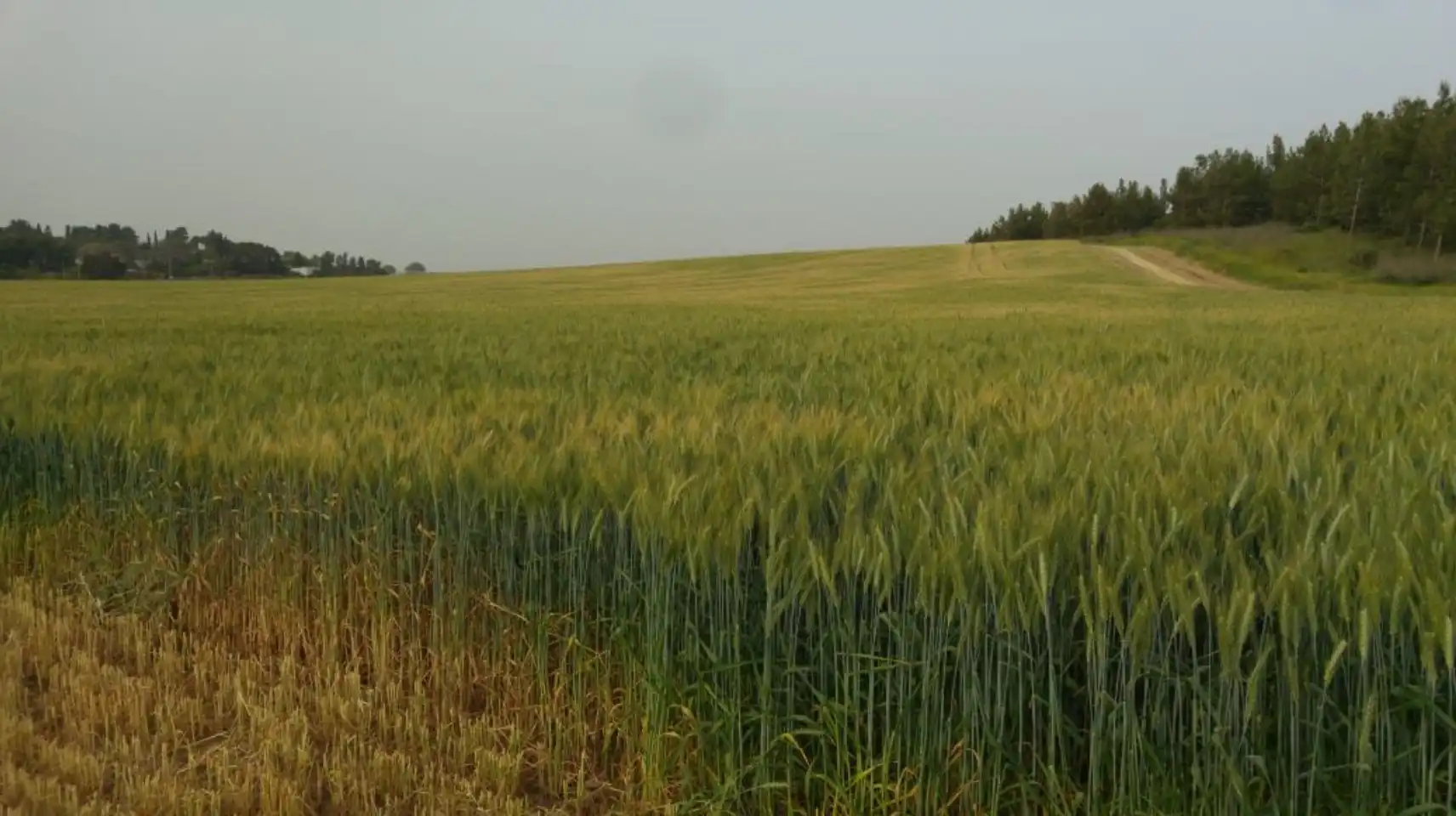One of the most significant drivers of crop evolution stems from the changes in the selection associated with the shift of plants from a highly heterogeneous and biodiverse natural environment into a homogeneous monoculture environment. Competition for resources has been considered a prevalent force in structuring plant populations under natural selection, often favoring the most competitive individual plants in a particular environment. The architecture and behavior of successful genotypes as individual plants differ from that of genotypes thriving in a community. Individual plant fitness is increased by ‘selfish’ traits, which may, like in humans, negatively impact the performance of the community
“Agriculture relies on community performance,” emphasizes Prof. Dr. Thorsten Schnurbusch, head of the research group “Plant Architecture” at IPK Leibniz Institute. “But the environment in which crops are grown, i.e. their ecology in the agricultural context, their agroecology, is hardly explored and less understood. It is surprising how less we know about the interactions among plants grown in a dense, real-world community.”
Today, crop plants are grown in high-density stands where they experience limited light availability due to mutual shading. “Therefore, by simulating canopy shade, we may get closer to the conditions plants are experiencing in high-density stands in the field, which may be helpful for studying and selecting plants for higher grain yield,” says Dr. Guy Golan, first author of the current study. “Cooperative behaviors and highly fertile inflorescences in a light-limited/shaded environment are most important for a thriving grain crop community.”
The researchers found behaviors that nourish the fitness of the individual plant as non-beneficial and, in some cases, detrimental to the performance of the whole community. The results have recently been published in the “Plant, Cell & Environment” journal as part of the Special Issue: Tradeoffs in Plant Responses to the Environment. Moreover, the researchers say that multiple phenotypes attained under simulated shade could better explain community performance of the wheat crop, advocating the use of simulated shade in breeding high-yielding cultivars.
“Having much deeper insights into these interactions, and specifically understanding their molecular and genetic components is very important to develop more resilient and resource-efficient crop plants for the future,” says Prof. Dr. Thorsten Schnurbusch. “Embracing an agroecological genetics approach may optimize communal yield by better matching crops to their environment, as either monoculture or a mixture.”
Read the paper: Plant, Cell & Environment
Article source: Leibniz Institute of Plant Genetics and Crop Plant Research
Author: Christian Schafmeister
Image: Agriculture relies on community performance. Researchers from IPK Leibniz Institute have investigated how the behavior of an individual wheat plant under limiting light conditions influences the performance of the whole community. Credit: IPK Leibniz Institute/ T. Schnurbusch








